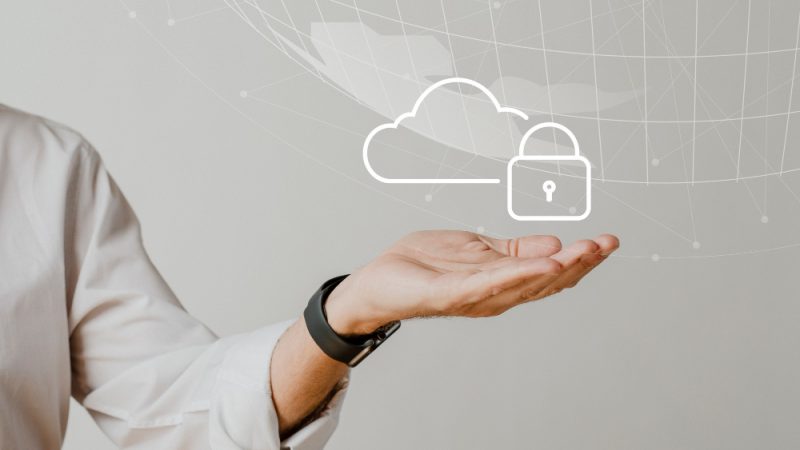Cloud vs Saas: Do You Know The Difference?

Cloud Computing is a broad term that deals in providing businesses and customers with virtualized services on-demand. However, SaaS (Software as a Service) is a type of cloud computing service that offers business applications to customers. Read further to get detailed information about the difference between cloud and saas.
Cloud-Based Services /Cloud-Computing
In Cloud computing, remote servers are used to manage and process the data. Nowadays many enterprises are providing cloud services popularly known as Cloud services providers. They offer cloud-based services and charge you as per the usage in short Pay-per-Use.
Cloud is basically “IT as a service”, and a simple example is Google cloud that offers you various online backup services. The major benefits you can have with cloud services are that it offers you ample storage space. And users can easily store their belongings like photos, documents, music, etc, in a virtual place. Also, users do not have to worry about the security of their data, as the introduced in the cloud is fault-tolerant. If you host your music library yourself on an external USB drive, and somehow if the drive fails or comes in contact with a virus, the data stored in the USB is gone. But if your data is stored in the Cloud, the service providers make sure there is no single loss of data.
Cloud-based services have three other important Models IaaS, PaaS, and SaaS respectively.
IaaS (Infrastructure as a Service)
Infrastructure as a Service (IaaS) is a cloud computing model, through which customers can fetch their data, access the storage, and other resources in the cloud. Furthermore, this pay-as-you-go model offers you scalable infrastructure based on your storage requirements. With IaaS one can create virtual machines (VMs) and install OS in each VM. Amazon Web Services, Google Cloud Platform are an example of IaaS.
PaaS (Platform as a Service)
PaaS is an awesome platform for developers, through which they efficiently develop, manage and deliver applications. The PaaS vendors provide the required set of pre-built tools, and storage resources to create, and host the applications. PaaS is the perfect model for remote teams. Windows Azure, Google App Engine, AWS are an example of PaaS.
SaaS (Software as a Service)
SaaS is a type of Service Model in Cloud Computing. In SaaS, an Individual or an enterprise gets software on rent from the Vendors. And to prove this fact the best example is Office-365. It is a SaaS provided by the Microsoft. Also to access the cloud software’s you need strong internet connectivity. Dropbox, Shopify is an example of a SaaS-based application.
Benefits of Cloud-based services:
Cost-Effective: With cloud-computing enterprises do not have to spend money to maintain the equipment. They do not require spending on hardware, utilities, or mammoth data-center. Cloud providers can tackle all their storage issues with their expertise.
Flexibility: With cloud computing, users can access their stored data from staying anywhere in the world. They do not have to install another software or application to fetch their data. Cloud computing offers you mobility and saves your precious time.
Security: All the stored data on the cloud are secured, and only the authorized person can access it. Also, with cloud computing the chances of data loss is rare.
Charges per usage: In cloud computing, users can pay only for resources they have used.
What is SaaS?
SaaS is a method used to deliver application over the Internet, as a service. Users do not need to install or maintain the software. In SaaS, you provide your application without any infrastructure requirement from the client, and the client can use the software without worrying about the systems. Users can connect to the applications using a web browser via their phone, or PC.
Benefits of SaaS
No Hardware cost: Cloud providers offer the processing power, leading to zero hardware costs.
Scalable: Users can access the data without any additional installation of software or application.
Mobility: If users have a strong internet connection, they can easily fetch the stored data. There is no restriction on retrieving the apps from a single location/area.
Free-Updates: The software is automatically installed by the service provider and that too without any extra installation charges.
Pay per use: You only pay for the services that you have used. And users can save their time and hard-earned money.
Cloud Vs SaaS
SaaS & Cloud Computing come with the same basic concept, but still, there are some differences between Cloud and SaaS.
- In cloud-computing users can access or manage their data/software that is hosted by a third party. But with SaaS, you need to pay a subscription to access it.
- Cloud-based services are used by software developers, large enterprises to store their huge amounts of data. Whereas, SaaS is used by small businesses for the storage of data.
Conclusion:
Due to high competition, leading cloud-service providers are expanding their services. And now serverless computing has become a sensation in the cloud service industry. AWS Lambda, Azure offers server less-computing services with the help of serverless computing, developers make the code, and cloud service provider loads it, and thus users do not have to take stress about the deployment.
Author Bio:
Brayden Knowles is an experienced tech journalist who has worked with several renowned IT organizations and blogs to present well-researched IT news. He has thorough knowledge on current and traditional IT stuff like cloud computing services through IaaS, PaaS, and SaaS and its benefits for business and organizations. Her understanding and knowhow in tech niche have been instrumental in helping businesses to create engaging IT content updated with latest trends.






